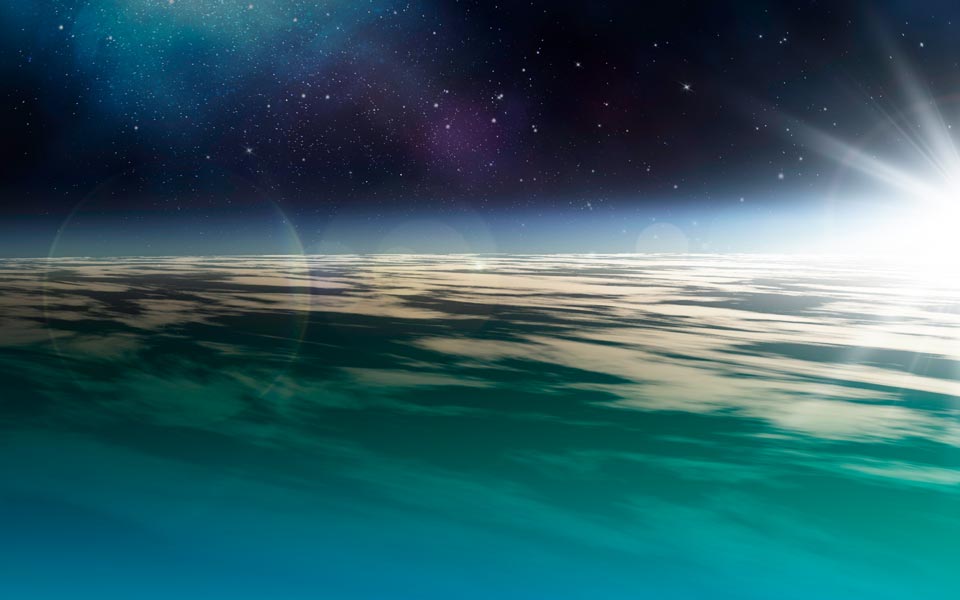*On June 1, 2023 Emerson’s Climate Technologies business became a new standalone company – Copeland. Though our name has changed, we are building on more than a century of HVACR innovation and industry leadership, and Copeland continues to offer the same products, industry stewardship, and learning opportunities you’ve grown to trust. Information found on this webpage posted before June 1, 2023 may contain our old name or branding, but you can be at ease knowing it was created with the knowledge and expertise of Copeland.

I recently participated in an E360 webinar where we explored trends in refrigeration systems and controls and discussed how they continue to evolve to keep up with changes in consumer preferences, global regulations and market dynamics. The webinar also featured one of my colleagues and Andrew Knight, vice president of Henderson Engineers. Together, we presented insights into the factors driving refrigerant selection, controls architectures and design strategies.
The first of these trends is the continuing global transition toward the use of more environmentally friendly refrigerants. When we look at the market dynamics behind this movement, refrigerant selection is one factor among a long list of considerations for food retailers — but one that impacts system architectures, controls and long-term operational goals.
It’s important to keep in mind that food retailers are making refrigerant decisions within an increasingly complex cold chain. As the product journey from farm to fork requires many handling and transportation steps involving multiple intermediaries, the objective of maintaining consistent temperature remains paramount. But, once food arrives in their stores, retailers then face a combination of consumer-driven and operational requirements, including:
-
- Producing consistently fresh, high-quality foods
- Appealing to the growing demand for “experiential retail”
- Meeting energy efficiency and sustainability objectives
As a result, retailers are making investments in improved shopping experiences, new refrigeration systems and facility management controls.
Natural Refrigerant Architectures
The current regulatory climate has paved the way for the resurgence of natural refrigerants — largely due to their ultra-low global warming and ozone depletion potentials. Commercial and industrial refrigeration manufacturers continue to develop systems that utilize the potential of these gases while mitigating their operating challenges. Among the leading natural refrigerant architectures used in supermarkets are:
-
- CO2booster transcritical — large-capacity system based completely on CO2; ideal for low ambient conditions; high ambient strategies are becoming more viable
- Indirect chiller with cascade — niche application delivers a fully natural solution for large commercial or industrial applications; capable of utilizing multiple, low-charge refrigerant options, including: naturals, HFOs or A2Ls
- Distributed — well-suited for smaller applications; allows for multiple refrigerant options (including CO2) and the flexibility to deploy individual systems for low- and medium-temperature suction groups
- Integrated case (or micro-distributed) — integrates the refrigeration system into the case, typically using a low charge of R-290 (propane); unit condensers connect to a shared water loop for heat management
In our next blog, we will discuss the crucial role of controls in these systems and how refrigerants influence controls architectures.

EPA SNAP Rule 26 Approves, Modifies Use Conditions for A2L and A3 Refrigerants
On May 28, the Environmental Protection Agency (EPA) pre-published its Significant New...

Refrigerant Transition Highlights the Importance of Leak Detection
*On June 1, 2023 Emerson’s Climate Technologies business became a new standalone company –...

Let the Refrigerant Phase-in Begin
*On June 1, 2023 Emerson’s Climate Technologies business became a new standalone company –...
